|
Occasionally you may see photos of me working with my bees without safety gear. Most beekeepers wear a veil and jacket to keep from getting stung. But I believe the best thing to keep you safe is knowing what to expect. The best thing to keep you safe is knowing what to expect.
The more you know about what to expect the better prepared you can bee to work with bees. I know that some days I am fine without gloves and a Jacket but there may be other days that I need them. I am not more brave than my beekeeper friends wearing full suits, but I do think that this year I have been blessed with a calmer colony of bees. I am always prepared and have water, gloves, a jacket, veil and allergy medication on hand just in case. Yesterday I was walking back to my car after working with the bees and one got stuck in my hair. I tried my best to help her out while staying calm, but I got stung anyway. I am sure if I got lost in a head of hair I would be scared, frustrated, and ready to sting whatever was trapping me. I am not mad, but a little sad for that little stuck bee. As soon as I was stung, a friend helped me pull the stinger out. Because it was pulled out so fast, It wasn't as painful as my last sting.
0 Comments
The other day, My classmates and I were invited to see how honey is harvested. Another mentor, Bob, had some neat tools to help get the honey out of the hive. Here is a look at the process of harvesting honey. You can click on the small photos to make them larger. Tools of the HarvestBob, knew what to expect so he put a large tarp down so that we wouldn't make such a sticky mess. Here are some photos of the tools we used. We had a large plastic tub with a grate in it to uncap the honey. All of the cappings would fall into the tub and any honey would fall through the grate. After uncapping honey we could put the frame in the buckets or use an extractor to get the honey out. The buckets have a nylon strainer so that only honey will pass through it. Taking off the CapsThe first part of honey harvest is bringing in the frames that are capped and filled with honey. To avoid bringing the bees in with the super box, you can brush them off with your bee brush, use a smelly fume board, or even use a leaf blower. If you are gentle, you can use any of these methods to get the bees out of the supers. Once you have your frames of honey, you will uncap the honey. When bees make honey the right consistency (not too watery) they will put a wax cap on it to preserve the honey. We used a hot knife to slice off the caps. It actually melted the wax so it was really easy to slice through the wax caps., but If that doesn't uncap all the honey comb, then you can use a capping scratcher or a fork to open the rest of the comb caps. As, you can see in the photo's the knife doesn't really look sharp, but it was hot. The scratcher is the teal tool in the middle. Extracting the HoneyNow for the really fun part. After taking the caps off you put the frames into an extractor. The extractor will spin the honey out of the frame. If you took a wet towel and spun it around as fast as you could some of the water would fling out of the towel. The extractor works the same way. While you spin out the honey you can see it fling up against the walls of the machine. It oozes down and then comes out the bottom. Then you have honey. We strained it as it dripped into the bucket and then we had a taste test. Lots of sticky goodness. Tasting the HarvestHere are some things Honey Bees like to eat or drink:
This beekeeper just added his bees to the hive. Since they have no honey they will start with sugar water in the jars. The beekeeper will have to come back and check on his jars to make sure his bees have enough to eat.
|
AmandaStaring at the dancing bees in an observation hive, it hits me. I love how these tiny creatures communicate. It looks like they're having fun dancing around while telling their sisters where to find some nectar. Amanda's Sting Count
2013- 6 stings 2019- 0 Archives
April 2019
Index
All
|
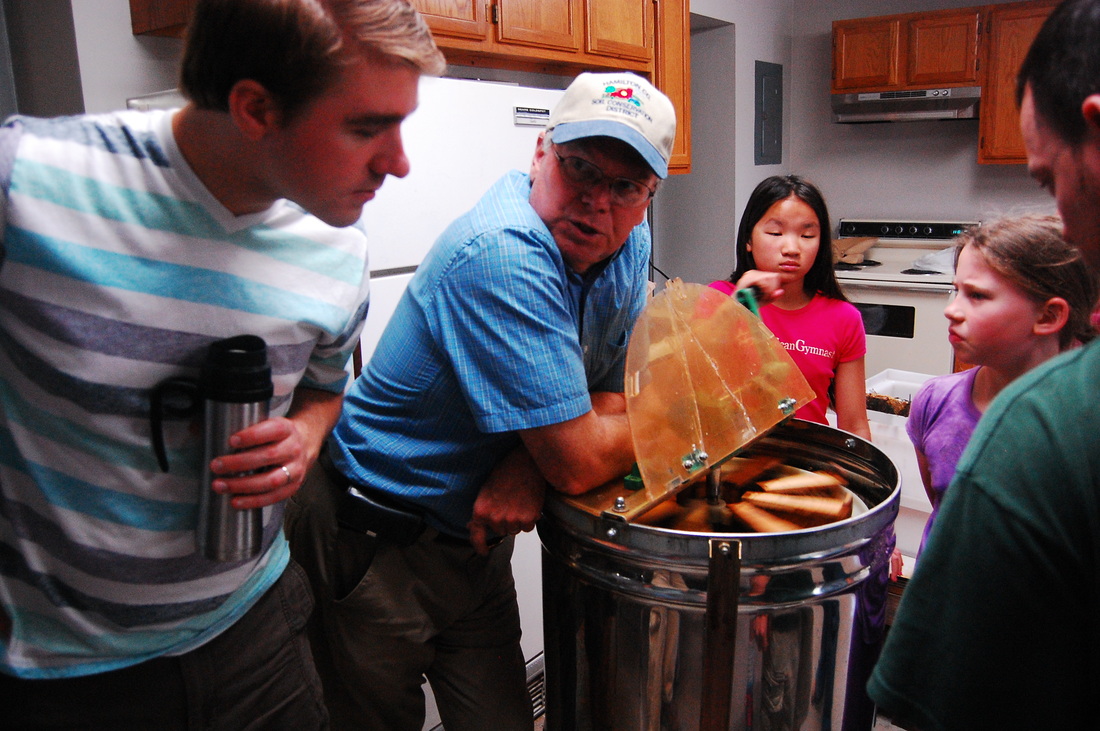
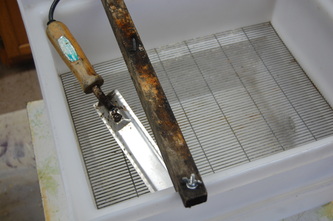
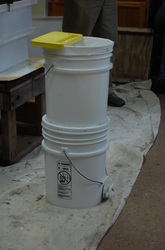
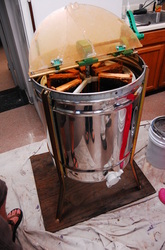
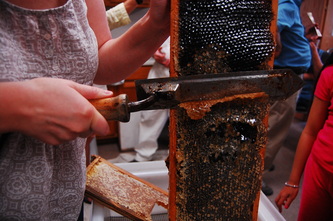
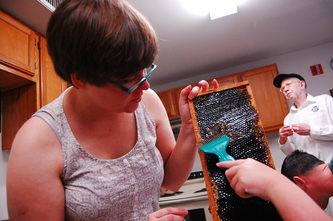
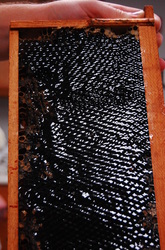
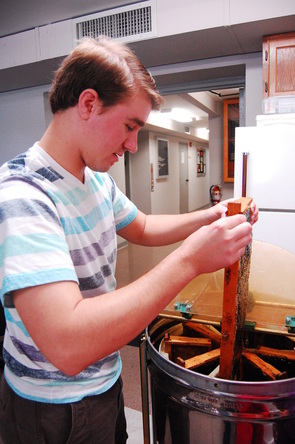
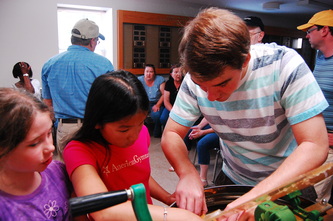
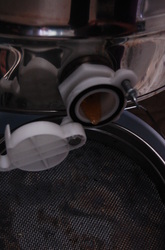
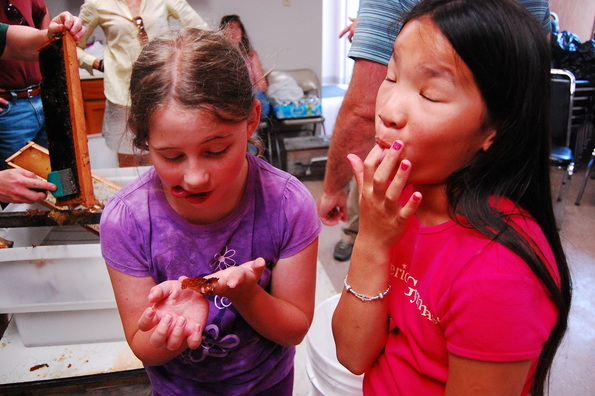
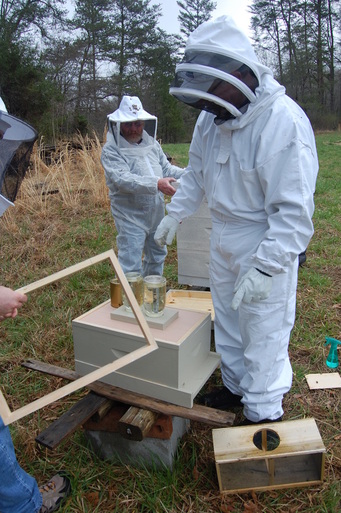
 RSS Feed
RSS Feed
